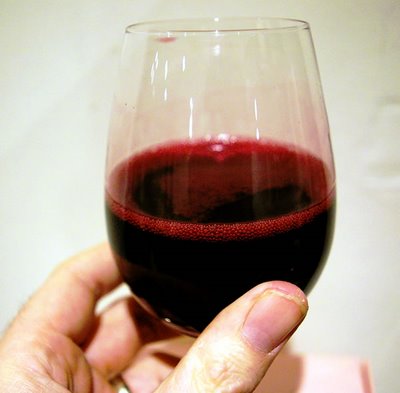
On one of my trips to Portugal this year - in May - I made a brilliant discovery. [Of course, I'm not referring to my process of discovery as brilliant; rather, it was what I discovered that was brilliant.] It's red Vinho Verde. I'd heard it mentioned many times, but had never tried it. But I was curious, because most people seemed to think of it as an oddity verging joke status. So when I saw it on a wine list at the hotel I was staying at I ordered a bottle. It was absurdly inexpensive, and arrived chilled. I popped the cork and poured it - it was a deep, intense, vivid, youthful red purple colour, with a trace of spritziness. And it tasted beautiful: sharp, tannic, vibrantly fruity, juicy, slightly green but sweet at the same time, and a brilliant foil for most foods with its high acidity.
Then, a few days later, in a small restaurant in Guimaraes, I ordered a carafe of house red. The waiter came with a jug of darkly coloured, vibrant, youthful red Vinho Verde that tasted just like it had finished fermenting. It was dark, intense, fruity, tannic and acidic - and so full of life. And it cost just a few Euros.
But when I visited Vinho Verde in November, I had to ask producers to show me their red wines. They just didn't think foreign journalists would be interested in such a 'local' taste. Indeed, it's hard to find the wine outside the region - even in Lisbon you just don't see it, despite the fact that quite a bit is made.
Vinhao is the principal grape that red Vinho Verde is made from. It's also known as Sousao in the Douro, and its distinctive characteristic is that it is a teinturier, a red fleshed grape. This explains the incredible intensity of colour that these wines have. Generally, I really like wines where the grapes struggle for ripeness and only just achieve it, as the Vinhao does in the north of Portugal.
I don't know why the Portuguese are so apologetic about Vinhao. It's an extreme taste, with high tannins and acidity, but this is offset by the amazing fruit presence, and the youthful character of the wines. They have rough edges, but so do many interesting people. Vinhao should be cherished as something unique, delicious, and thoroughly gastronomic.
Two Vinhaos have prompted this post. They are both from the same producer, Afros: one is still and one is sparkling. They're utterly brilliant wines, but not for everyone. The estate is being run biodynamically, with Rui Cunha (Covela) as the consultant winemaker.
Afros Vinho Verde Tinto Vinhao 2007 Portugal
Remarkable stuff, and pretty refined by Vinhao standards. Opaque inky-dark red black colour with a purpe rim. Intense, sweet but savoury pure raspberry and cranberry fruit nose. The palate has a slightly spicy spike under the intense, pure, cherry, raspberry and plum fruit with a spicy, tannic bite. Brilliantly vivid, savoury and moreish with a gastronomic character. Great fun, but with a serious side. I love it. 92/100
Afros Vinho Verde Tinto Espumante 2006 Portugal
Another Vinhao, this time the sparkling version. Really deep red/purple in colour, this sparkling red is really food friendly. There's nice vivid dark fruit here with a hint of chocolatey richness and a trace of meatiness. Lovely acidity and some delicious tannic grip. But it shows some refinement, too. This is delicious stuff that would work brilliantly with a wide range of foods. 91/100
Labels: Portugal, vinho verde
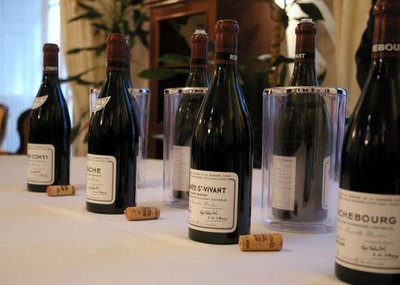

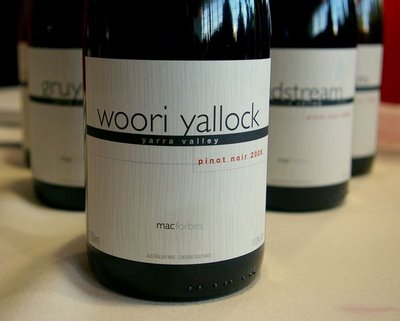
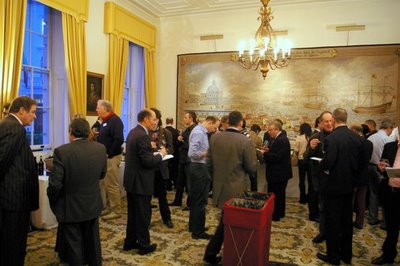
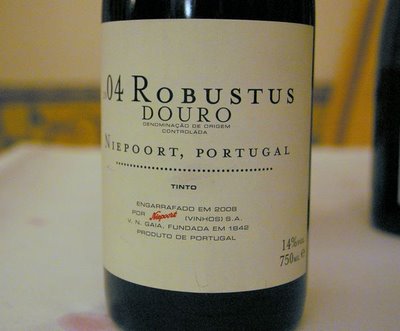
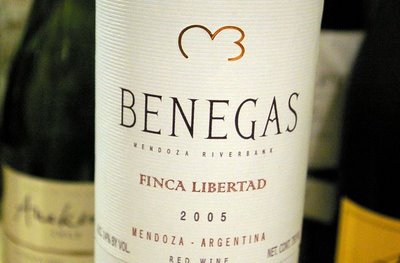
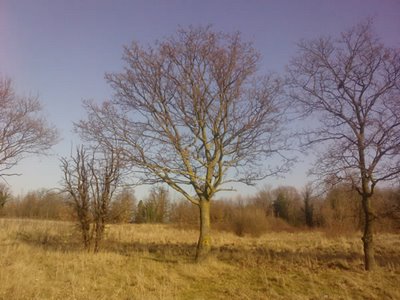
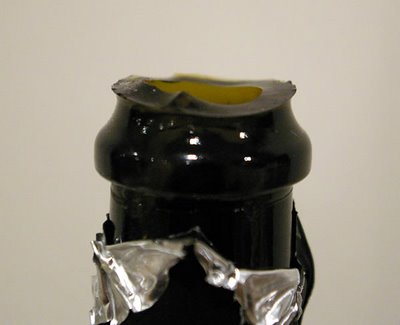
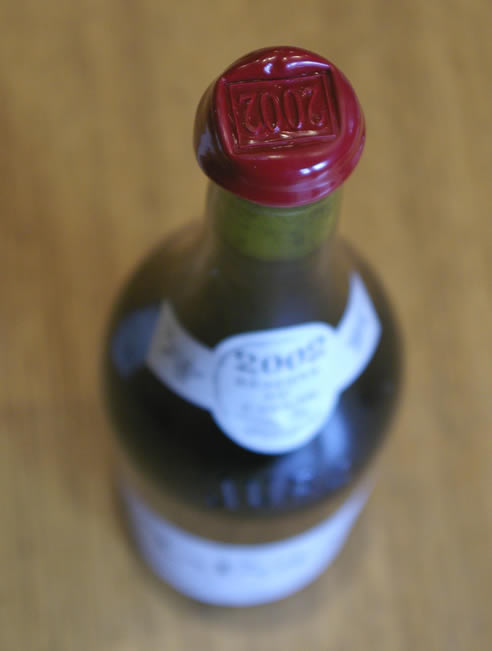
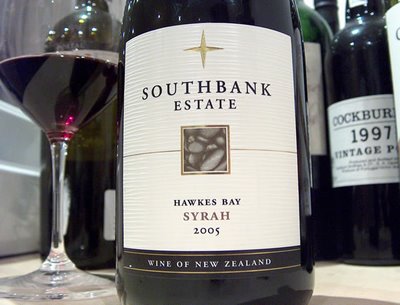
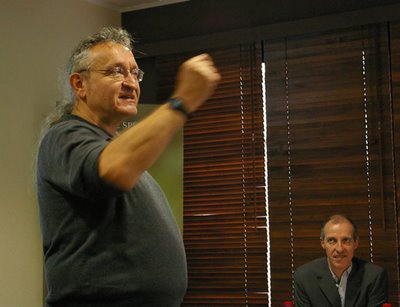
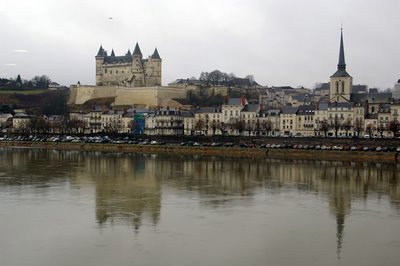
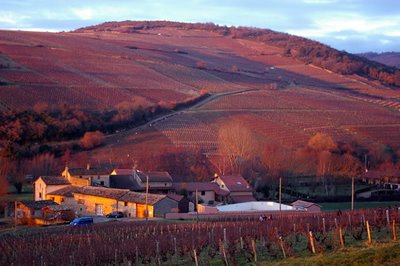
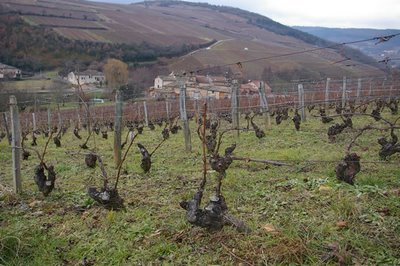
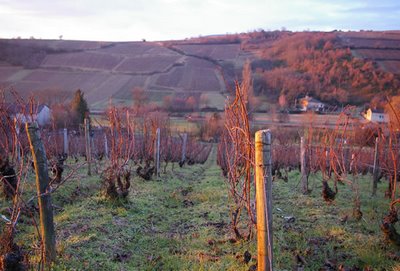
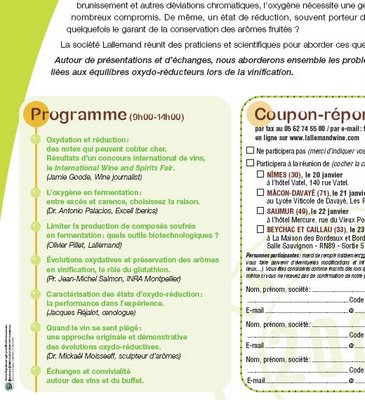
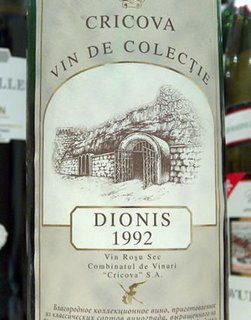
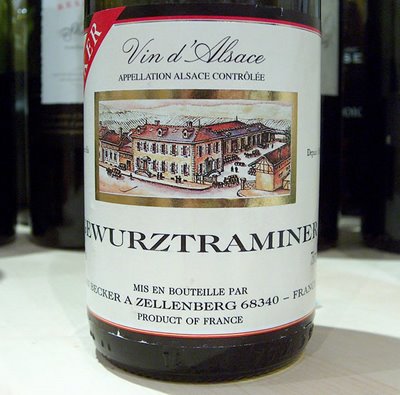
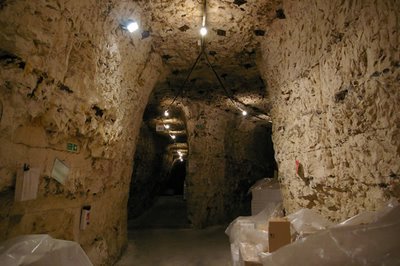
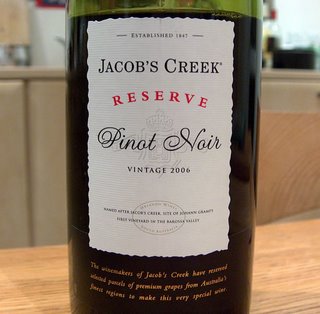
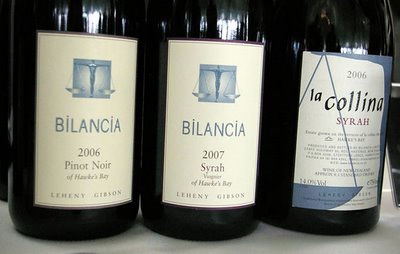

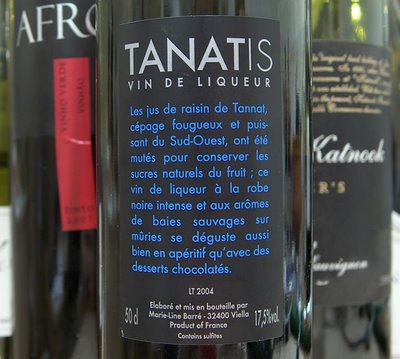

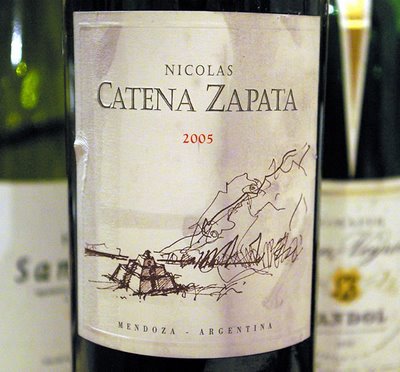
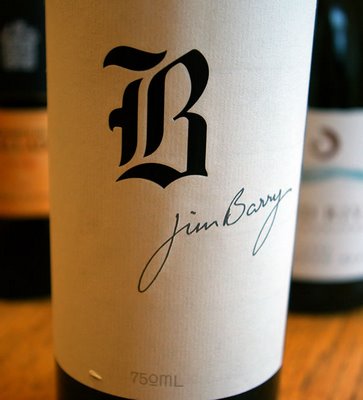
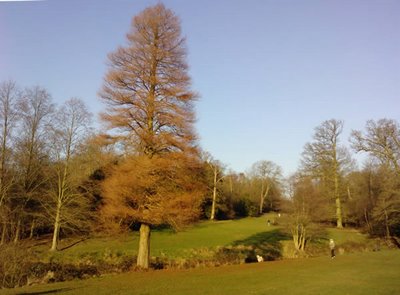
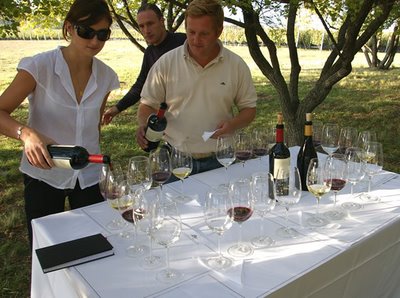
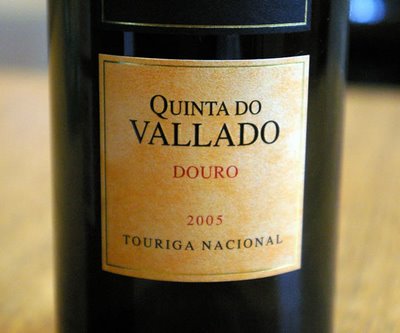
 The web log of wine journalist Jamie Goode. Feel free to nose around; your comments are welcome
The web log of wine journalist Jamie Goode. Feel free to nose around; your comments are welcome 
